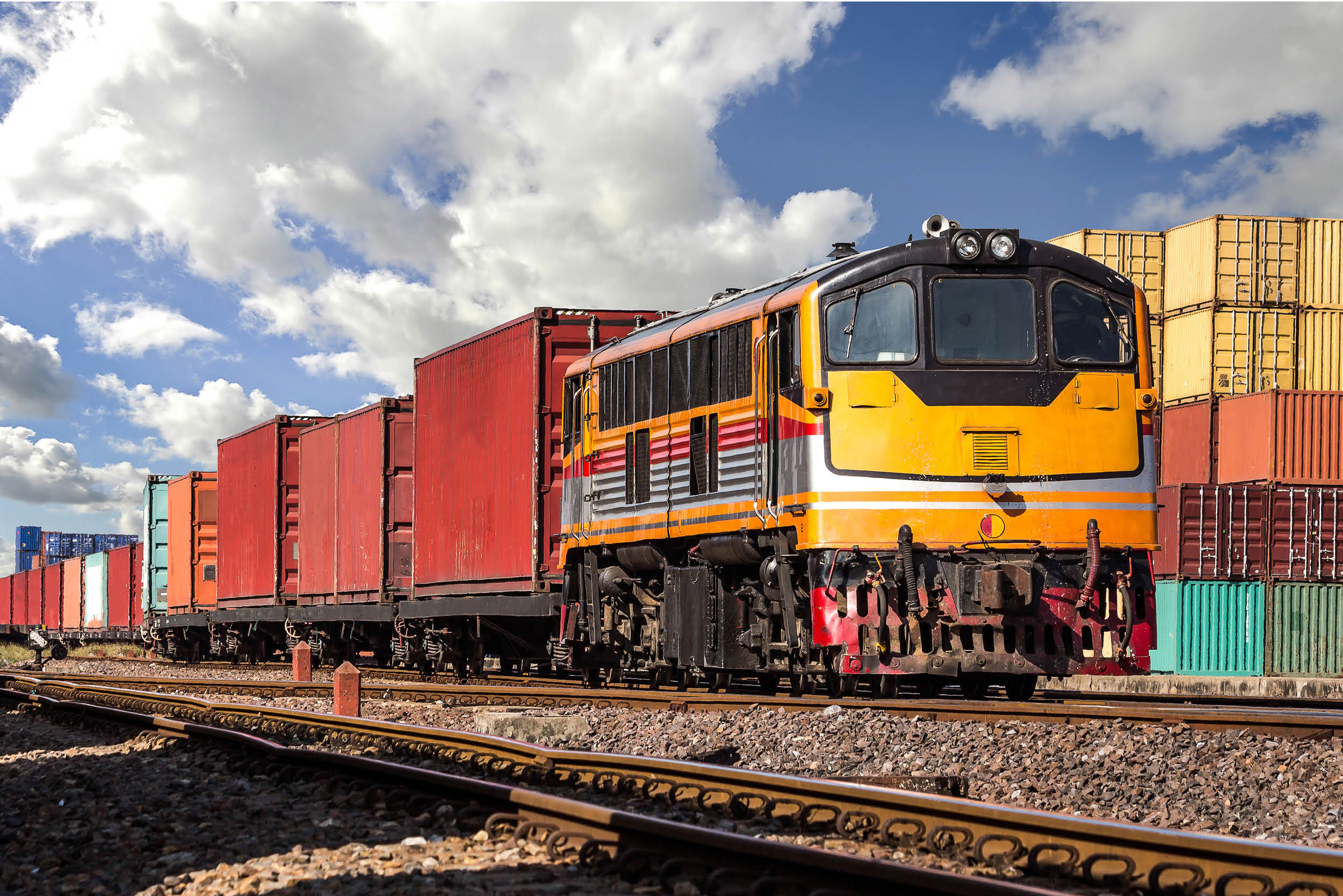Transportation Roundup: CARB regulations could hinder ag shippers
Of current concern for much of the agriculture industry is the request from the California Air Resources Board (CARB) for authorization of regulations that would target key aspects of the operation of freight locomotives in California. The proposed regulations would 1) levy annual fees on rail carriers for deposit in accounts that can only be used to comply with the regulations; 2) require the decommission of locomotives 23 years or older beginning in 2030 and require that new switch, industrial and passenger locomotives operate in zero-emission configuration (2035 for new line haul locomotives); 3) attempt to regulate locomotive emissions by requiring railroads to shut them down while in transit in certain circumstances; and 4) impose certain reporting and “administrative payments.”
National Grain and Feed Association (NGFA) describes the effects as:
“If the CARB regulations were authorized by EPA, we believe freight rail carriers would be significantly hindered financially and operationally and, in turn, shippers and their customers would be impaired. The inevitable increases in transportation costs and introduction of operational inefficiencies for agricultural shippers and receivers would result in food price inflation.
Moreover, the proposed rules would require railroads to meet regulatory goals that cannot be reached. Specifically, zero emissions locomotives would have to be purchased to replace the decommissioned locomotives, but such locomotives are not yet commercially viable and won’t be in the foreseeable future.
Presumably, battery technology would need to be utilized to meet the zero-emission requirement. While battery powered locomotives have been tested, they are not presently commercially viable primarily due to a limited operating range.”
SSGA will be engaged on the matter as it certainly would affect the pricing and timely movement on containers and covered hoppers moving through California, a vital point of discharge for our stakeholders shipping to markets in Asia. The rail network is interconnected, with about 65% of the locomotive fleet going in and out of California.







Leave a Reply
Want to join the discussion?Feel free to contribute!